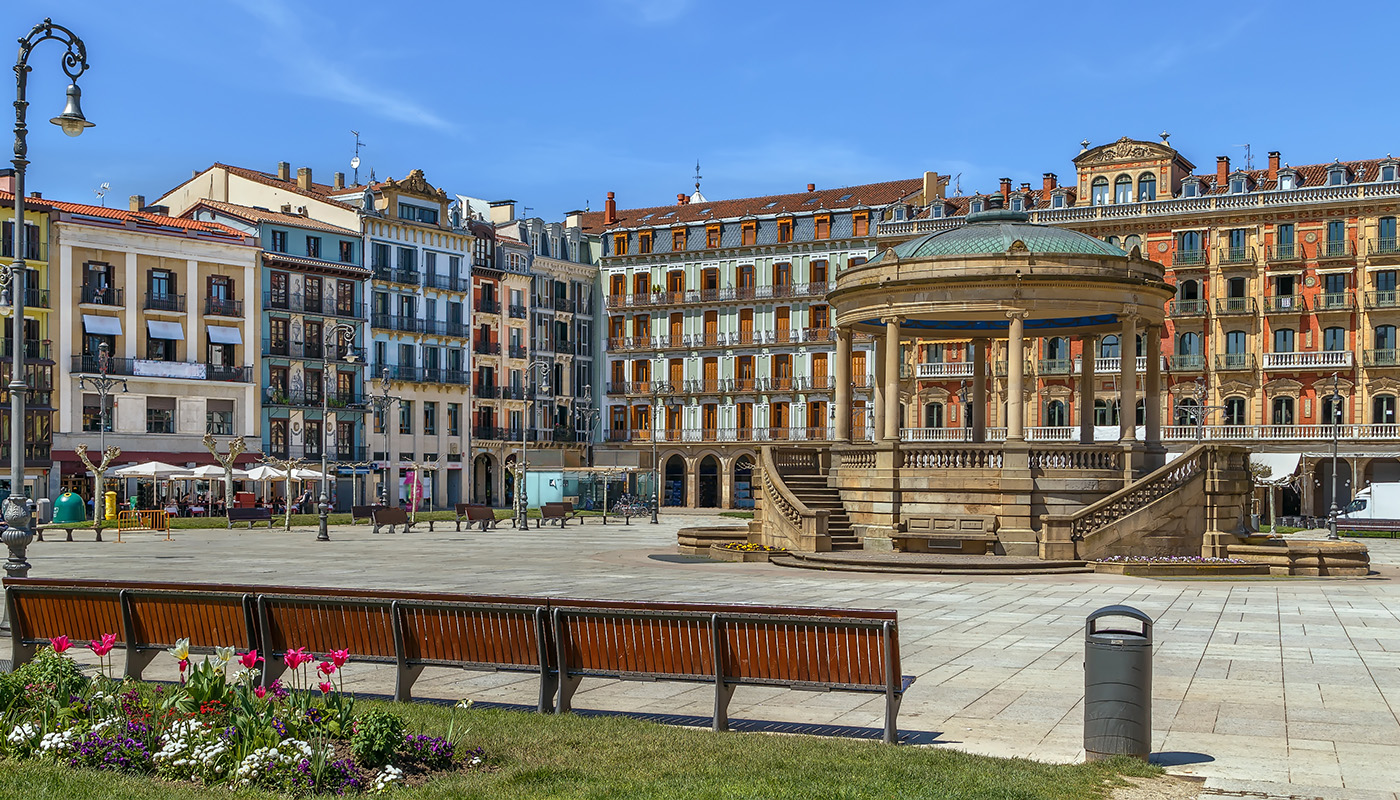Blue holes, such as the one in Dahab in the Red Sea, are often magical places for divers due to the vibrant sea life that grows around them and their unusual forms. In particular, the one in Dahab has a 50-metre-deep passageway that connects it to the open sea and is one of the most incredible experiences for divers but also one of the most dangerous.
Geographical and natural setting
The ‘Blue Hole’, as it is known, is located in a Bedouin village near Dahab. Formed due to the erosion of limestone rock, it has a depth of up to 130 metres and is connected to the open sea. One of its most striking parts is its roughly six-metre opening where a plain known as the saddle has formed. But the most famous, without a doubt, is the almost 30-metre tunnel, known as the arch, which connects it to the open sea and where there is a drop of up to 1,200 metres.
The magical hole is home to abundant marine life, including brightly coloured tropical fish, incredible walls of coral and even the odd shark hiding in the caves formed in the rock. Thanks to all these characteristics, it is one of the most popular dive sites, although it is also the spot where the most divers in the world have died, due to the difficult currents and the different geological formations. In fact, it is said that the Bedouins in the area never went near the hole for fear of the ghost of a young woman who drowned there fleeing a forced marriage.

How to get there
The Blue Hole is located about a 20-minute drive from Dahab. The roads are well-signposted since the area is a major tourist spot for divers. In turn, Dahab is located about 90 kilometres from Sharm el Sheikh and several companies run direct buses along the route, so you can also get there from the main city on the Red Sea. Right next to the Blue Hole there is a car park that gives you direct access to this marine paradise.
Diving in the Blue Hole in Dahab
Many amateurs assert that diving in the Blue Hole is a unique experience, but unfortunately there are many who were not able to get out of it. So if you are not an experienced diver, our first piece of advice is to hire a guide or an instructor, as there are many in the area who know it like the back of their hand.
The incredible thing about the Blue Hole is that, from the moment you enter it, you can see abundant marine life, full of fish and coral, similar to that found in the ocean at great depths.
The coral, caves and tunnels at a depth of about 30 metres are the best place to explore on a colourful journey full of exotic species.
What’s more, many divers want to cross the arch and reach the open sea, where the depth reaches up to 1,200 metres and the dive is a completely different but equally impressive experience.

Recommendations and safety advice
Our first piece of advice for visiting and diving in the Blue Hole is to be aware of your limitations. If you are not an expert diver, opt to hire a guide to show you this amazing site in all its beauty, albeit in a controlled way where you can establish suitable routes and times.
Secondly, a valid Open Water Diver certification is required to dive at the Blue Hole. Before the dive you must take all your equipment, including a good wetsuit, since temperatures inside the hole are very low, especially in the winter months.
The best thing to do is to not dive alone, as the route is changeable due to the currents and having company will make it safer and more fun. In fact, local guides organise routes for small groups that are a great option if you want an amazing experience in the best conditions.
Before setting off, check conditions in the water and the weather and make sure that your equipment is ready and complete. Experts insist that during the dive you respect the rich marine life of the Blue Hole, that you do not pick up anything from the bottom or touch the coral so that the place remains as magical as it is today.










































































